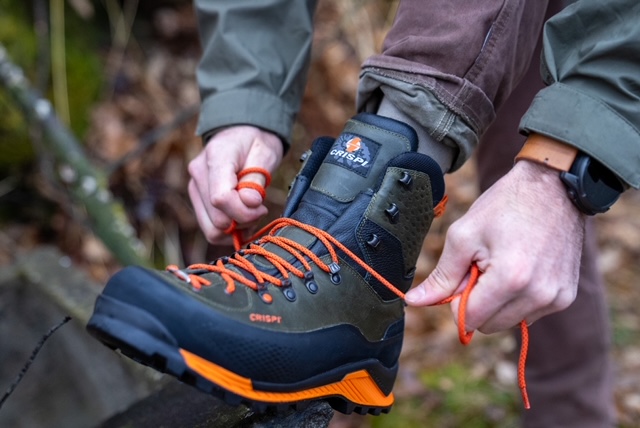News
Purdey Damascus Steel shotgun review
Purdey's newest creation isn't made from any old iron. Only the world's best steel is good enough for this masterpiece.
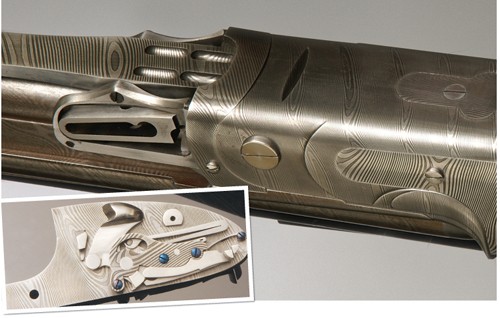
Purdey Damascus Steel shotgun review.
Pity dad stopped me trying to become a professional footballer or basketball player after leaving college.
Just think, if I’d stuck at one or the other I might now be blowing the best part of a week’s wages on a new Purdey Damascus over-under – and still have cash to spend on a Saturday night call girl after the match.
At £104,000 this is the London gunmaker’s most expensive shotgun yet – £20,000 more than the famous Purdey/Woodward sidelock it’s modelled on.
So hang on a minute, if both guns are identical, how come one is 20k more than the other? And what’s it like to shoot with?
The higher price, say Purdey, is down to the special Damascus metal costing ten times as much as the steel normally used in their Best guns, and the extra time it takes to work with.
Most sportsmen know that Damascus barrels made from iron were standard fare in gunmaking until steel started to show in the late 19th century.
And while some makers continued to offer the Damascus option into the early 1900s steel quickly grew in popularity.

Soon, the ancient art of hammering out plaited red hot ribbons of metal on a mandrel to create exquisitely figured barrels was lost for good.
Purdey’s new Damascus however is a very different kettle of fish to what went before. These best barrels are no longer made from re-forged horseshoe nails but from a state-of-the-art process creating what are known as Rapidly Solidified Powder Steels.
The special metals deliver exceptional purity, hardness and strength with twice the fracture strength of normal steels. In other words, the perfect stuff for gun barrels – and all the other metal components for this particular Purdey too.
It is, as the makers say, the world’s first all-damascus shotgun.
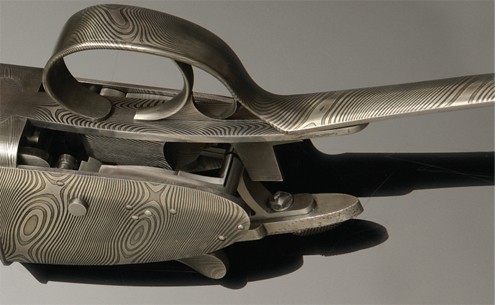
“The quality of this modern steel makes the action and barrels of the gun 40% more durable than a standard gun and the final forging process imparts a tensile strength that’s three times higher as well” says Ian Clarke, Purdey’s factory manager.
And he added: “Unless a customer asks for it, we don’t plan to engrave the lockplates on this gun – we feel that its beauty comes from the wonderful patterns produced by the metal.”
The final job before the metal bars leave the Swedish foundry is for them to be twisted, a process that not only increases strength but more importantly gives the steel its unique Damascus pattern.
A brief description on how the metal is made appears below but the all-Damascus gun would still be a pipe dream for the Purdey team were it not for the input of a skilled, traditional, blacksmith based in Sheffield, Yorkshire.
Without his expertise in forging the action parts and chopper lump barrels to the right shape, size and consistency, Purdey would not be able to work on them with highly sophisticated CNC machines in its London factory.
TECHNICALLY SPEAKING
The Damascus is made by running liquid steel into a nitrogen-filled chamber where powerful beams of gas atomise the alloy into fine powders.
Two of these are then mixed into layers in a sealed mould and heated to a temperature Once this point is reached the mould is subjected to a hot isostatic melting process under vacuum pressure and the powder welds together to produce the Damascus.
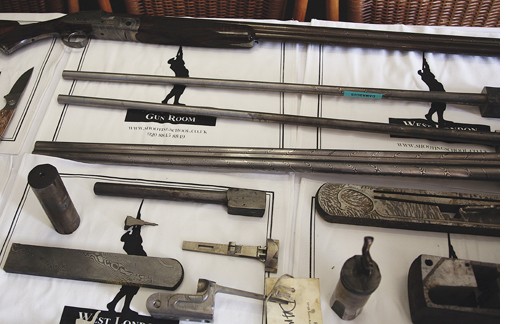
Next, the metal is hot rolled to size for the barrels and actions in a series of passes on a rolling mill that exposes the steel to much higher stresses than is the case when making normal steels.
However the complexity of the process means only small amounts of Damascus steel can be made at a time and it takes about seven months from placing an order for Purdey to receive a consignment from the makers – Damasteel AB of Soderfors, Sweden.
THE FRENCH CONNECTION
Everybody knows that Damascus barrels are twisted, so how does Purdey get a similar effect now that hand hammering has fallen by the wayside?
For this it turned to a specialist tube maker in France where the chopper lump forgings are extruded under intense heat in a highly specialised – and costly – machine.
As the tube begins to form and lengthen the machine twists the rod at a rate of three turns per foot to create the spiral effect.
The right hand twist imparted by the machine proved fine and dandy for the O/U because of the stacked barrel configuration, but what about side-by-side guns where, traditionally, the right hand barrel is twisted to the right and the left the opposite way?
“The factory owners were horrified when we asked them to put their precious machine into reverse and see if that might work” recalls Ian.
“They reluctantly agreed – but only on condition we paid for a new machine if it smashed. Thankfully everything worked perfectly and we got our left hand barrel!”
TAKE YOUR PICK
The gun featured here is a 20-bore over-under fitted with 30in barrels and chambered for 2.3/4in cartridges.
Weight is 6lb 12oz. Each Damascus gun is made to order and can be had in other bore sizes.
Purdey chose to build its first all-Damascus gun as an over-under but it will also be made as a best sidelock side-by-side modelled on the company’s famous self-opening game gun. Delivery time is 18 months.
ROLLING BACK THE YEARS
Purdey still makes bar action sidelock ejector hammerguns but the last back actioned gun it produced with Damascus barrels was almost 150 years ago.
That’s all about to change. The company celebrates its 200th birthday in 2014 and to mark the milestone it is making a pair of all-Damascus back action sidelocks called the Island Guns – a name derived from the style and shape of the locks.
Work has already started to ensure they are ready in plenty of time.
Purdey Damascus shotgun
Robin is just one of six people lucky enough to have been invited to shoot the new Purdey. So how did he get on?
“This gun’s a beauty – and not just in looks. It has perfect balance, the trigger pulls are as smooth as a vintage port and it points a dream. But then, doesn’t every Purdey?”
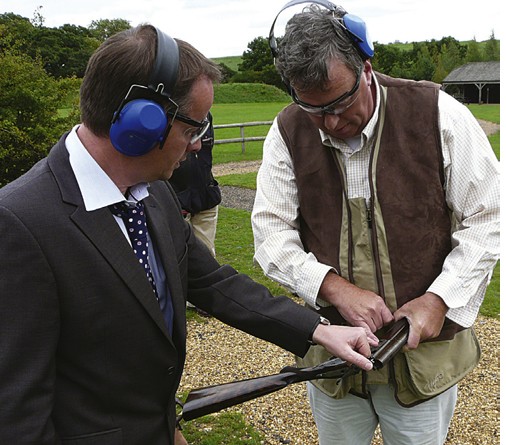
“I prefer a heavy gun and found this 20-bore a little too light and lively at first compared to what I’m used to. Shooting it was effortless and I resented having to hand it over when the time came – I could’ve popped away with it all day long. Just wish I was a footballer after all…”
Related articles
News
Muirburn: time to fight fire with fire
With wildfires increasing, it’s time to let experts handle the problem.
By Time Well Spent
News
Army shoot faces closure after gamebird licence refusal
Natural England has refused permission for a Wiltshire shoot to release gamebirds despite biodiversity measures, revealing licensing anomalies
By Time Well Spent
Manage Consent
To provide the best experiences, we use technologies like cookies to store and/or access device information. Consenting to these technologies will allow us to process data such as browsing behavior or unique IDs on this site. Not consenting or withdrawing consent, may adversely affect certain features and functions.
Functional Always active
The technical storage or access is strictly necessary for the legitimate purpose of enabling the use of a specific service explicitly requested by the subscriber or user, or for the sole purpose of carrying out the transmission of a communication over an electronic communications network.
Preferences
The technical storage or access is necessary for the legitimate purpose of storing preferences that are not requested by the subscriber or user.
Statistics
The technical storage or access that is used exclusively for statistical purposes.
The technical storage or access that is used exclusively for anonymous statistical purposes. Without a subpoena, voluntary compliance on the part of your Internet Service Provider, or additional records from a third party, information stored or retrieved for this purpose alone cannot usually be used to identify you.
Marketing
The technical storage or access is required to create user profiles to send advertising, or to track the user on a website or across several websites for similar marketing purposes.



